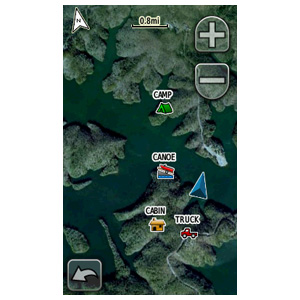Garmin Birdseye - Oregon
Boyd
+
Joined: 05 Jun 2008
Posts: 4358
Location: New Jersey

Now that I've been downloading BirdsEye for a couple weeks I am able to share some statistics which might be of interest. I have downloaded a total of 22 separate files; they are all at the "highest" quality level. I haven't kept track of how long it takes to download, but it's no speed demon. Nevertheless, it's about what I'd expect for a popular service like this with a low annual fee so I'm happy. My guesstimate for download speed would be in the 30 to 35 MB/hour range. of my downloads have failed; I leave them running pretty much all the time on my computer. On three different occasions I noticed that the download had stalled halfway through when I was away and nothing was happening. I clicked the pause button in the properties window, waited a few seconds and then clicked the resume button. This worked each time and the download resumed where it had left off and ran to completion. So I'm very impressed with how robust the transfer process is.
I now have a total of 4.845 GB of imagery which covers 1,890 square miles and consists of 284,079 individual tiles. Doing the math, I get:
2.56 MB file size per square mile
390 square miles coverage per GB
150 tiles per square mile
The file size can vary, due to the data compression. For example, my largest file is 317MB and covers 121 square miles. But my largest coverage area is 126 square miles and that file is only 216MB. In this case, the 126 square mile file includes quite a large area of ocean, so the image compresses more efficiently.
Again, note that all these numbers only apply to the highest quality BirdsEye data. I have not tried downloading any of the lower quality stuff.
No comments:
Post a Comment